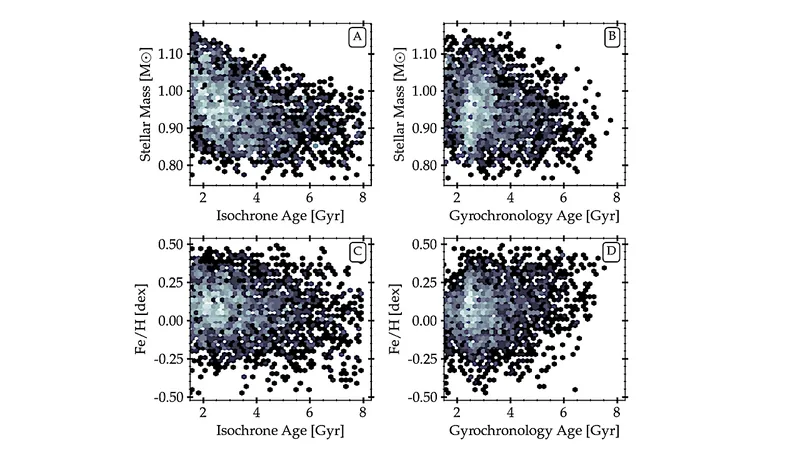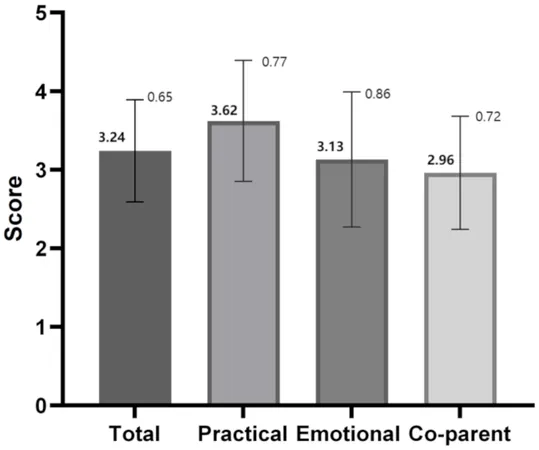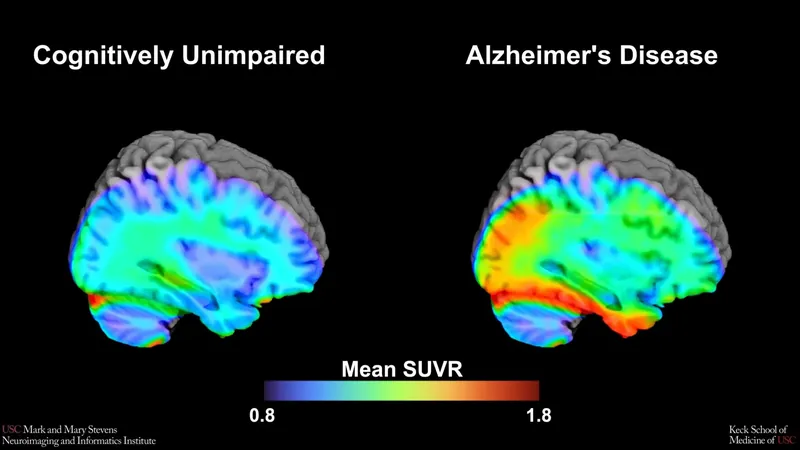
Unraveling the Mystery of Exoplanet Occurrence Rates: Does Age Matter for FGK Stars?
2025-01-24
Author: Nur
Introduction
Recent studies have brought to light the intriguing relationship between the occurrence rate of exoplanets and the age of FGK stars, as analyzed through the rich data collected by the Kepler mission. By utilizing confirmed and candidate planets from the Q1-17 DR25 Kepler dataset, researchers have embarked on a quest to decipher whether the ages of these stars, determined through isochrones and gyrochronology, influence the number and characteristics of exoplanets they host.
Methodology
Through the highly refined detection efficiency of the Kepler pipeline, the researchers corrected for expected planet counts within designated age bins. Their examination centered around planets with radii ranging from 0.2 to 20 Earth radii and orbital periods between 0.2 and 100 days.
Findings
What they discovered was surprising: there appears to be no substantial trend linking the occurrence rate of exoplanets with the stellar ages considered, which range from 1.5 to 8 billion years.
Trends Among Star Types
However, a slight decreasing trend did surface, primarily among low-mass and metal-rich stars, though the researchers noted that this trend remained inconclusive due to limited data samples.
Dynamical Instabilities
A more tantalizing proposition arises from the findings: while the overall trend may not strongly suggest a correlation, there is a hint that exoplanet occurrence could diminish over time. This potential decline might be attributed to dynamical instabilities such as planet-planet scattering or ejections, events that could significantly disrupt orbits in an evolving planetary system.
Future Directions
Despite these hints, the researchers call for more precise age determinations and a broader array of samples to truly unlock the relationship between exoplanets and their stellar contexts. With ongoing advancements in observational technology and methodologies, the hope remains that future studies will paint a clearer picture, potentially transforming our understanding of how planetary systems evolve over eons.
Conclusion
Stay tuned as scientists continue to probe the depths of the cosmos, unlocking secrets that could tell us more about our own solar system’s fate and the myriad of planets lurking beyond our star!





 Brasil (PT)
Brasil (PT)
 Canada (EN)
Canada (EN)
 Chile (ES)
Chile (ES)
 Česko (CS)
Česko (CS)
 대한민국 (KO)
대한민국 (KO)
 España (ES)
España (ES)
 France (FR)
France (FR)
 Hong Kong (EN)
Hong Kong (EN)
 Italia (IT)
Italia (IT)
 日本 (JA)
日本 (JA)
 Magyarország (HU)
Magyarország (HU)
 Norge (NO)
Norge (NO)
 Polska (PL)
Polska (PL)
 Schweiz (DE)
Schweiz (DE)
 Singapore (EN)
Singapore (EN)
 Sverige (SV)
Sverige (SV)
 Suomi (FI)
Suomi (FI)
 Türkiye (TR)
Türkiye (TR)
 الإمارات العربية المتحدة (AR)
الإمارات العربية المتحدة (AR)